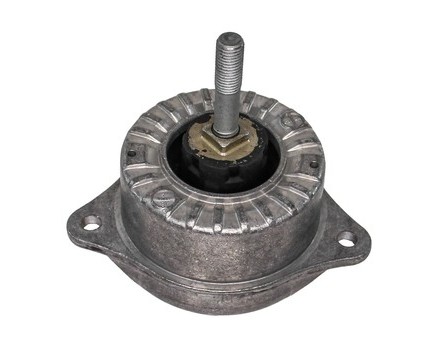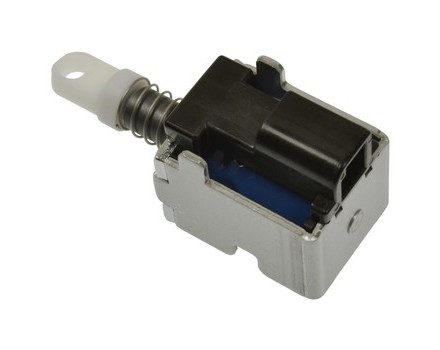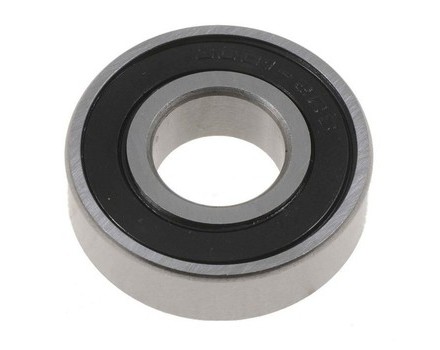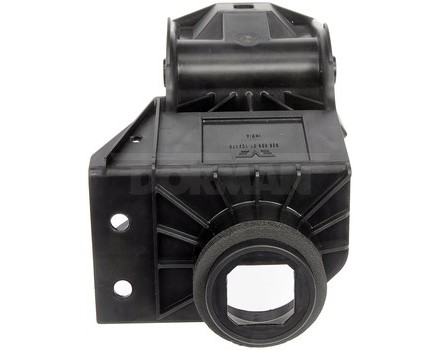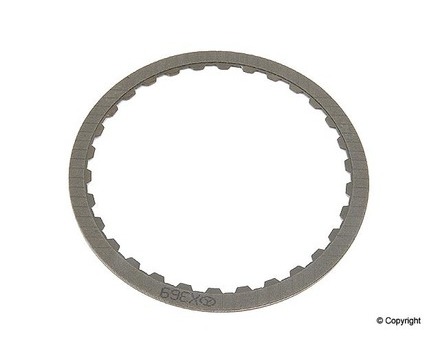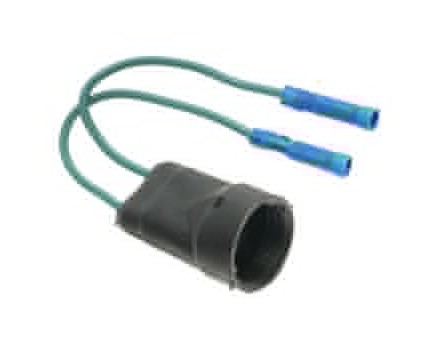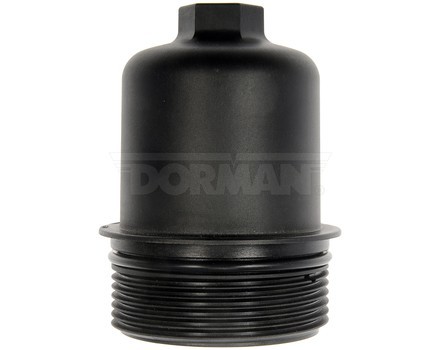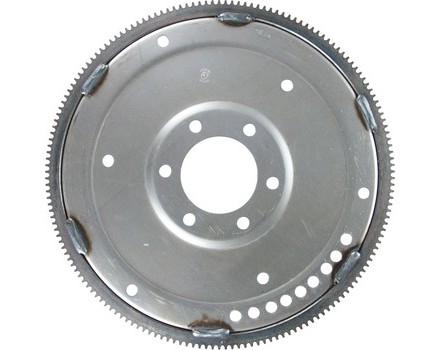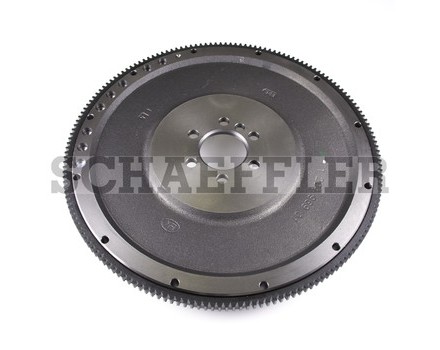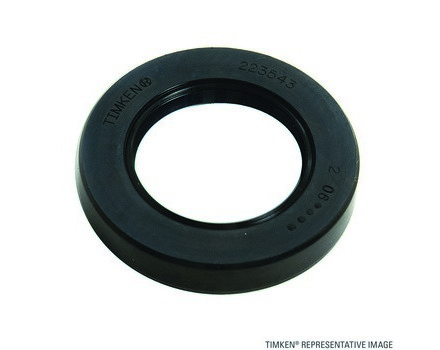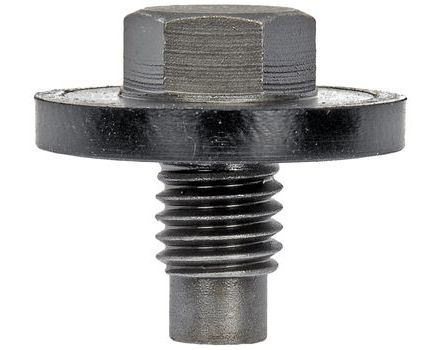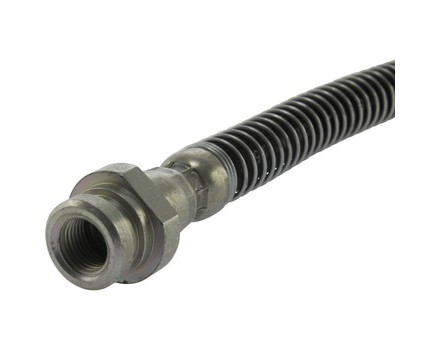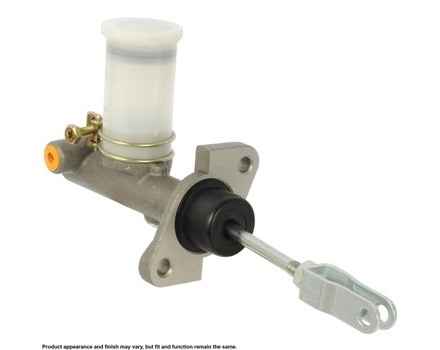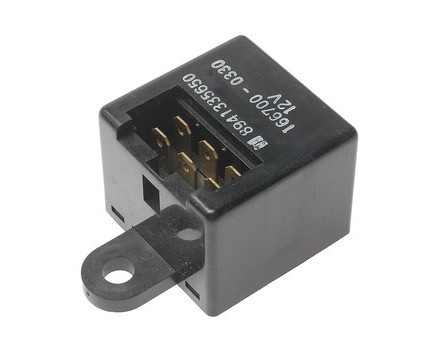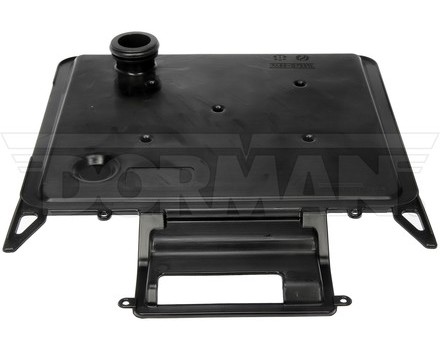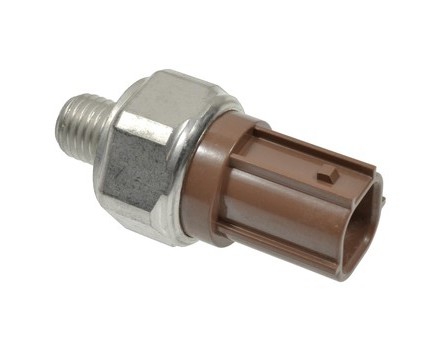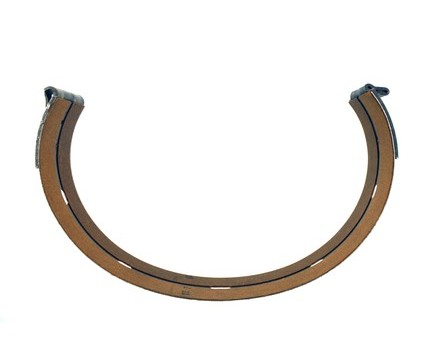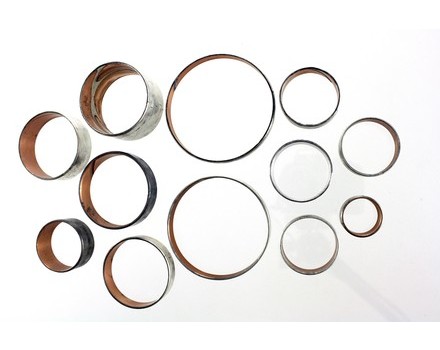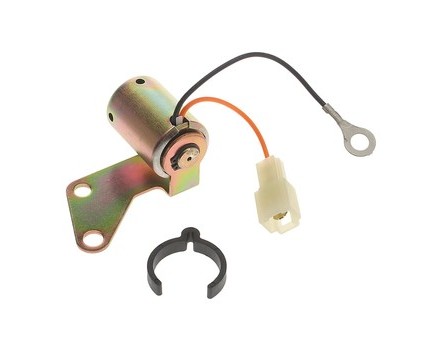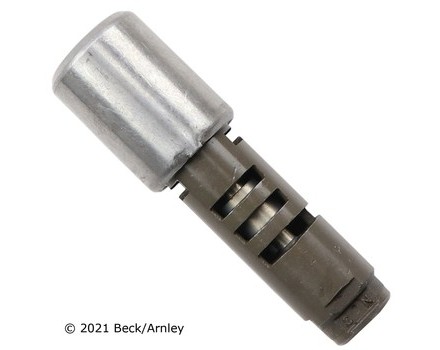Transmission Replacements
Filter Options
Important: To get started, click the blue "Filter Options" button to select your vehicle and then use the filters to narrow your options.
Important: To get started, select your vehicle on the left and then use the filters to narrow your options.
What is a transmission replacement?
A transmission replacement is the process of replacing an existing transmission with a new or rebuilt one. This is typically done when the transmission is faulty or when it needs to be replaced due to damage, wear, or age.
How do I know if my transmission needs to be replaced?
There are a few signs that your transmission needs to be replaced. If you are having difficulty shifting gears, hearing unusual noises, experiencing leaking fluid, or your transmission is slipping, then you may need to replace it.
Can a faulty transmission cause damage to other parts of the vehicle?
Yes, a faulty transmission can cause damage to other parts of the vehicle. If your transmission is not functioning properly, it can cause stress on the other parts of the drivetrain, such as the engine, axles, and differential.
How do I replace a transmission?
Replacing a transmission can be a difficult and time consuming process. To replace a transmission, you will need to:
- Drain the fluid and remove the transmission.
- Install the new or rebuilt transmission.
- Refill the transmission with fluid and check for any leaks.
- Reinstall any components that were removed during the process.
How often should I inspect my transmission?
It is recommended to inspect your transmission regularly. You should check the fluid levels, look for any signs of wear or damage, and test for any signs of slipping. It is also important to check the transmission for any leaks. It is recommended to have a full inspection done at least once a year.
